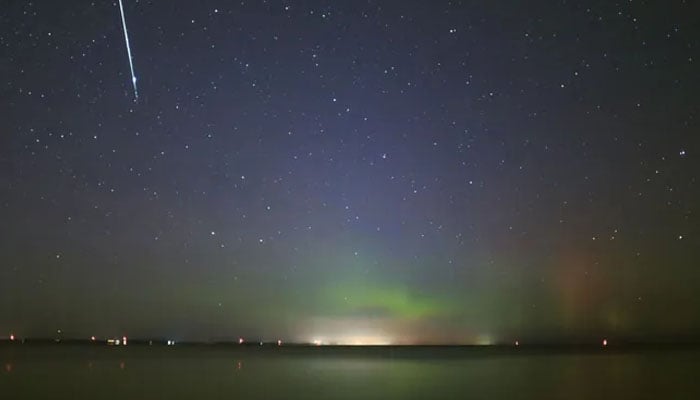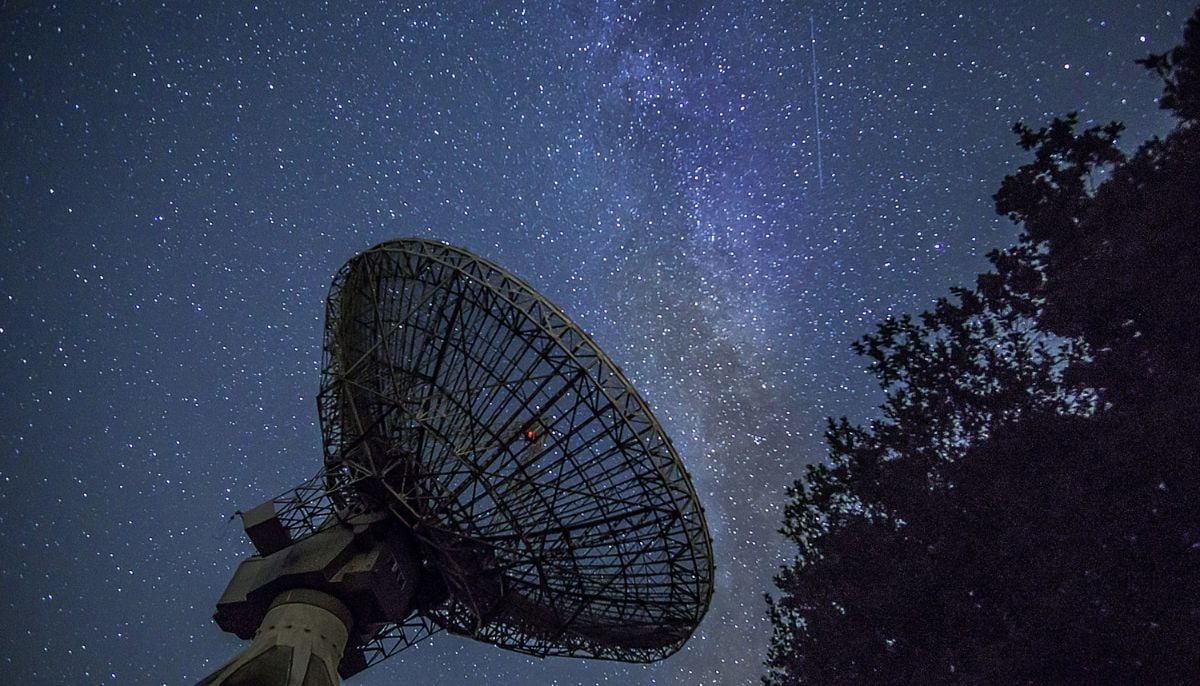Taurid Meteor Shower: With 5 shooting stars every hour, fireballs to streak through night sky this week
Meteoroids up to three feet (one metre) in length may be observed burning up in the Earth's atmosphere during Taurid Meteor Shower
This weekend will bring a beautiful display of "fireball" meteors into the night sky, so it's nearly time to take out the camping chair and thermos of tea and experience the amazing view.
The Taurid Meteor Shower peaks from November 12 to 13, when viewers in the UK can see up to five shooting stars every hour.
Meteoroids up to three feet (one metre) in length may be observed burning up in the Earth's atmosphere as it travels through the comet Encke's debris cloud.
In the Northern Hemisphere, these unusually sluggish shooting stars will be visible until December 10th, but this weekend will see the greatest concentration of them.
The greatest part is that scientists believe you won't need any extra equipment to observe this amazing spectacle since you can see the meteors with your unaided eyes.
Astronomer at the Royal Observatory Greenwich Dr Greg Brown notes that the meteor shower happens around the same time every year because of the space debris's regular patterns.
"When the Earth passes through the cloud of debris left behind by a comet or asteroid in our solar system, pieces of rock and dust will be swept up, crashing into our atmosphere and producing a bright streak of light in our sky: a meteor," he told MailOnline.
"These meteor showers occur at somewhat predictable times in our year and will appear to originate from a particular part of our sky based mostly on the direction the Earth is travelling in at the time."
It is thought that over the last 20,000 to 30,000 years, a much bigger comet gradually split off, becoming the Taurid shower and the Encke comet.
Comets approach close to the Sun on their journey through the solar system, which causes a portion of their surface to quickly change from solid ice to gas clouds.
Because these clouds stay at the same location in Earth's orbit, meteor showers appear to originate from the same spot in the night sky every time.
The meteor shower known as the Taurid Meteor Shower gets its name because it appears as though the meteors are emerging from the Taurus constellation.
Because they move slowly and are brilliant, meteors observed during the Taurid shower are particularly visible to the unaided eye.
Since the majority are categorised as "fireballs," they look brighter than Venus, which is the second-brightest object in the night sky after the moon.
-
Blood Moon: When and where to watch in 2026
-
Elon Musk’s Starlink rival Eutelsat partners with MaiaSpace for satellite launches
-
Blue Moon 2026: Everything you need to know
-
Scientists unravel mystery of James Webb’s ‘little red dots’ in deep space
-
ISS crew of four completes medical evacuation with safe splashdown off California
-
Annular solar eclipse 2026: Here's everything to know about the ‘ring of fire’
-
World’s first ice archive created to preserve fast-melting glaciers’ secrets
-
NASA, DOE to develop Nuclear Reactor on the Moon by 2030












